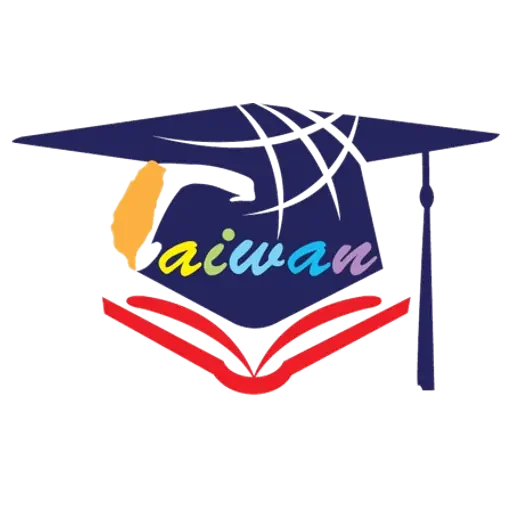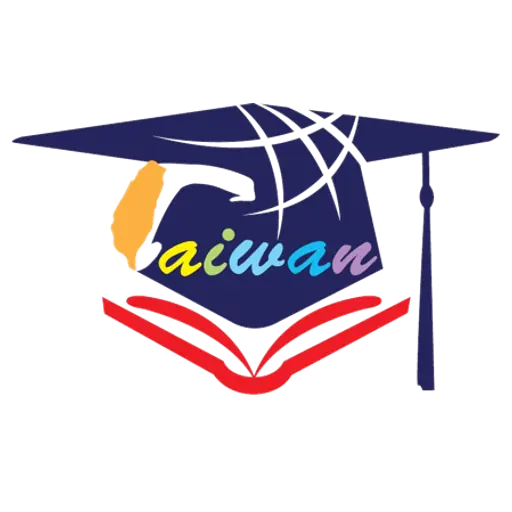Understanding TOCFL: The Test of Chinese as a Foreign Language

Learning Chinese brings numerous opportunities for professional and personal growth. It opens doors to new cultures, improves job prospects, and enhances cognitive abilities. However, the journey of mastering the Chinese language can seem daunting for many learners due to its complex writing system and tonal pronunciation. As a result, various standardized tests have been developed to assess students’ proficiency in Chinese as a foreign language. One such test is the Test of Chinese as a Foreign Language (TOCFL).
What is TOCFL?
The Test of Chinese as a Foreign Language (TOCFL) plays a crucial role in evaluating the language skills of non-native Mandarin speakers. It serves as a standardized assessment tool, facilitating access to educational and career opportunities for Chinese learners worldwide. Developed by the Ministry of Education in Taiwan, TOCFL is an internationally recognized and accredited test that assesses proficiency across all levels of the Chinese language.
A Gateway to Academic and Professional Success
In Taiwan, having a TOCFL certificate is often a prerequisite for academic endeavors. It is a vital component of applications for scholarships, admission to academic programs at Taiwanese universities, and various tertiary institutions across the island. Moreover, it carries substantial weight in the professional realm, influencing employment applications and offering an edge through bonus points.
Internationally, the TOCFL certificate is recognized by a myriad of academic institutions and businesses, serving as a testament to one’s proficiency in the Chinese language. Its endorsement by overseas Chinese companies and multinational corporations underscores its universal credibility, opening avenues for cross-border collaborations and career advancement opportunities.
Navigating the Structure and Levels
At its core, the TOCFL test is structured into four distinct bands: Novice, Band A, Band B, and Band C, each further delineated into two sublevels, resulting in eight levels. This meticulous categorization enables test-takers to showcase their proficiency across listening, reading, speaking, and writing skills accurately.
Purpose and Importance of the TOCFL Test
The TOCFL test stands as a cornerstone in assessing Mandarin proficiency, with the primary aim of establishing an effective evaluation system and fostering global recognition of Chinese language skills. Its significance resonates deeply with individuals aspiring to study or work in Taiwan, as well as those seeking opportunities beyond its borders.
For students and professionals with ambitions in Taiwan, it holds paramount importance as it serves as a prerequisite for accessing various academic and professional opportunities, including scholarships, university admissions, and employment prospects.
Passing the TOCFL and meeting the level standards grants a certificate that can be used as:
- A reference standard for applying for the “Taiwan Scholarship“
- A Chinese proficiency reference for the enrollment of international students in Taiwanese colleges and universities
- A reference standard for the Chinese subject adopted by the UECFOCS
- Proof of Chinese proficiency required for job applications
- One of the bonus points items for overseas Chinese students and foreign students working in Taiwan
Many undergraduate and graduate programs in Taiwan mandate TOCFL certification for admission, highlighting its indispensable role in the academic landscape.
Beyond Taiwan’s shores, on the other hand, the TOCFL test enjoys international recognition and utility. Its global recognition by academic institutions and businesses further emphasizes its importance in facilitating further education and career advancement for non-native Chinese speakers.
TOCFL Test Structure and Levels
The Test of Chinese as a Foreign Language (TOCFL) is structured into four bands, namely Novice, Band A, Band B, and Band C, each comprising multiple levels designed to assess varying degrees of Mandarin proficiency. These levels range from Novice 1 to Level 6, with each level representing distinct skill sets and competencies.
Here’s an overview of the different levels:
- Novice Levels – Geared towards beginners, Novice levels focus on foundational language skills necessary for basic communication.
- Band A – Targeting intermediate learners, Band A levels assess the ability to comprehend and communicate in familiar contexts.
- Band B – Intermediate to advanced levels, Band B evaluates proficiency in navigating diverse linguistic and cultural nuances.
- Band C – Reserved for advanced learners, Band C levels focus on mastery of Mandarin language skills at an advanced level.
| Level | Description of Proficiency | Vocabulary Range | Usage Context |
| Novice 1 | Basic language skills for simple communication | 300-500 words | Everyday interactions |
| Novice 2 | Expanded vocabulary and basic sentence structures | 500-800 words | Everyday interactions |
| Level 1 | Basic comprehension and communication in familiar contexts | 800-1200 words | Basic personal and social interactions |
| Level 2 | Intermediate comprehension and communication skills | 1200-2000 words | Academic or professional use |
| Level 3 | Proficiency in handling various linguistic tasks | 2000-3000 words | Academic or professional use |
| Level 4 | Advanced language skills for complex communication | 3000-4000 words | Academic or professional use |
| Level 5 | Mastery of Mandarin language with sophisticated usage | 4000-6000 words | Academic or professional use |
| Level 6 | Highest level of proficiency in Mandarin | 6000+ words | Academic or professional use |
Academic and Professional Utility of TOCFL
TOCFL holds academic importance in admissions across various regions. It’s required for bachelor’s program admissions in regions like Malaysia, Indonesia, Myanmar, and others, ensuring proficiency in Chinese. Preparatory programs for overseas Chinese students also use it for admissions, helping students prepare for further studies.
Registration and Taking the TOCFL Test
On the test day, test-takers can expect a structured itinerary. The Speaking and Writing formal tests are typically held on specific dates with a designated registration period leading up to the test date.
The test includes components such as listening, reading, speaking, and writing, and the duration and specific content covered can vary based on the level of the test. Test-takers are usually required to register online within the specified registration period and pay the registration fee before the deadline. The test is computer-based, and test-takers can choose between simplified or traditional characters.
Detailed information about the test format, guidelines, and test dates for different locations can be found on the official TOCFL website. For the TOCFL Home Edition, on the other hand, test-takers can apply and take the test online from anywhere in the world, with the test covering the reading and listening sections.

Unlocking Opportunities with TOCFL
In essence, the TOCFL test stands as a beacon of opportunity for non-native Chinese speakers, offering a pathway to academic excellence and professional success. Its role as a standardized assessment, coupled with its recognition by academic institutions and businesses worldwide, underscores its unparalleled importance in the realm of Chinese language proficiency testing.
Effective Preparation Tips
- Familiarize Yourself with the Test Format: Understand the structure and components to tailor your preparation effectively.
- Practice Regularly: Engage in consistent practice sessions to enhance listening, reading, speaking, and writing skills. Utilize TOCFL practice materials and mock tests to simulate exam conditions.
- Focus on Weak Areas: Identify your weaknesses and allocate more time to improve those areas. Whether it’s vocabulary, grammar, or listening comprehension, targeted practice can yield significant improvements.
- Seek Feedback: Get feedback from teachers, tutors, or language exchange partners to identify areas for improvement and refine your language skills.
- Immerse Yourself in Chinese Language and Culture: Immerse yourself in Chinese language and culture by watching Chinese movies, listening to Mandarin podcasts, reading Chinese literature, or participating in language exchange programs.
Embark on your Chinese language learning journey with confidence! Whether you’re aiming for academic success, career advancement, or personal enrichment, proficiency in Mandarin opens doors to a world of opportunities.
With dedication, perseverance, and effective preparation, you can conquer the TOCFL test and take significant strides toward achieving your language learning goals.
Start today and let your journey to Mandarin proficiency begin!
Funded by the Ministry of Education.

